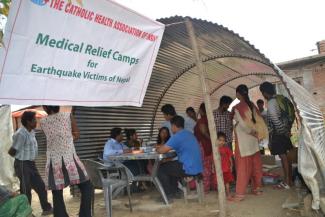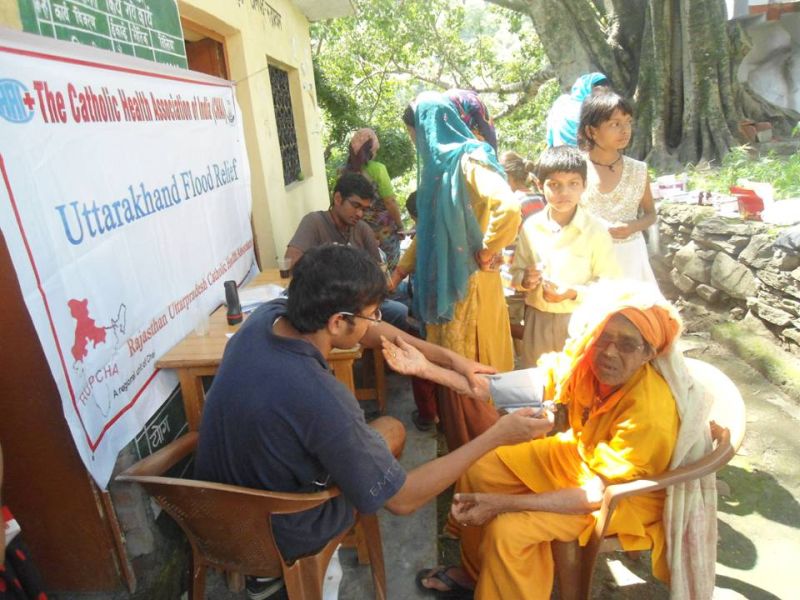Earthquake
Ray of hope

Our project was called Asha Kiran (ray of hope) and got support from international charities. We set up our first camp at Lisanku, an especially hard-hit area. Our team consisted of two medical doctors, two nurses and some Nepali student volunteers. We travelled with adequate supplies of medicines, wound dressing materials and IV fluids.
We set up this camp around 8.30 am, and a young girl limped towards it. Her legs were trembling and she kept sobbing. A doctor immediately attended to her and after some time, she felt relieved. After her, people of all age groups started pouring in. Many people needed medical treatment because of cuts, fractured bones and other injuries. Fevers, various infections and diarrhoea were common too.
We observed examples of selflessness and personal sacrifices. One young man carried his elderly father on his back and walked at least two kilometres to reach the campsite. He was himself bruised, and a wound on his feet was bleeding. He insisted that his father be treated first. Student volunteers also demonstrated selflessness. Their own houses were shattered and their family members were affected by the earthquake, and yet they joined the camp in order to help.
CHAI teams did not only work in the camps, but also went to the villages. This might mean hiking up steep mountain slopes where there were no proper roads. Most villages lacked water and electric power. The teams experienced hardships, including severe cold, shortage of food and lack of proper shelter. However, the Nepali government recognised the effectiveness of the CHAI approach of blending medical aid with socio-psychological support and requested CHAI to support primary health centres in earth-quake affected areas. (md)
Manish Dashottar is a programme officer with CHAI, the Catholic Health Association of India.
http://www.chai-india.org









